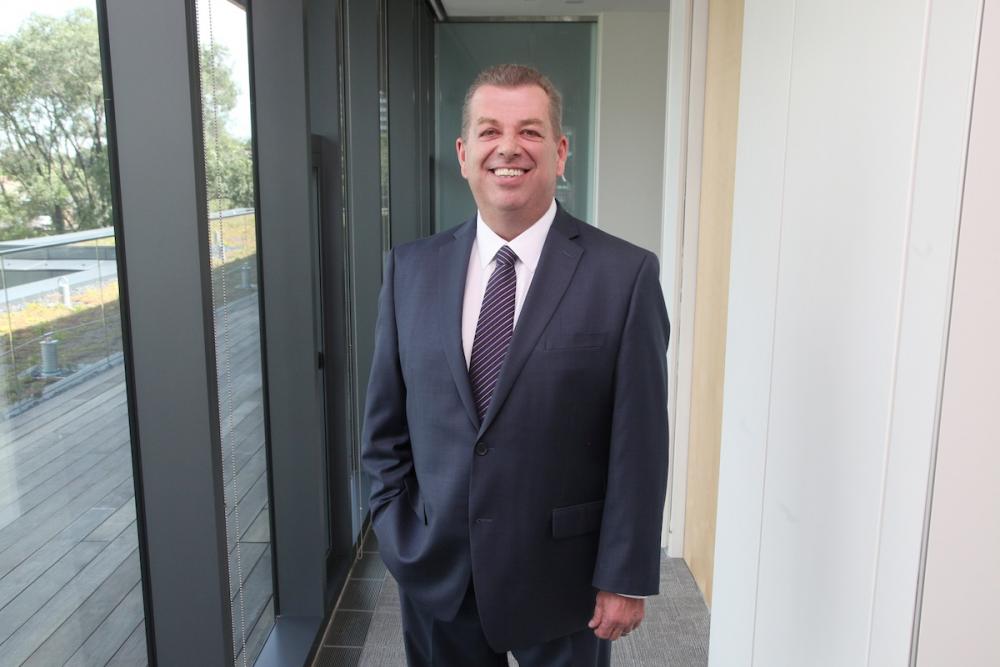
Staying Involved in the Bargaining Process (From the President)
By now you will have received updates about the 2014 round of collective bargaining at home, in your workplace and online. Through these communications, you know that ETFO representatives have been meeting with the Ontario Public School Boards’ Association (OPSBA) and the provincial government throughout the fall to determine central and local table items as is required under the School Boards Collective Bargaining Act, 2014. To date, the approach of all parties at the central table has been professional and respectful.
Even so, pronouncements from the government about conducting “net zero bargaining” during this round of negotiations led ETFO to conclude that the road to a fairly negotiated settlement may not be as smooth as we would prefer. ETFO members have become well-versed in the real intent behind euphemisms like “net zero bargaining,” “austerity budgets” and even “taking a pause,” which is to restrict constructive dialogue during negotiations and fetter the bargaining process. In a country like Canada, where free and fair collective bargaining is a fundamental right, concepts like “net zero bargaining” have no place at the negotiations table.
When ETFO bargains, it is a collective activity that affects and involves us all. Every ETFO member plays a part in the success of negotiations. That’s why ETFO makes member communications during bargaining such a high priority. An informed member is an actively engaged participant in the bargaining process.
ETFO has a responsibility to make information about bargaining widely available to our members. That sometimes requires us to think outside the box and explore new and inventive ways to reach our audience. ETFO provides bargaining information in formats that suit every member’s needs. We use a wide range of communication tools, from the traditional (bargaining bulletins, print materials, mass meetings) to the innovative (mobile alerts, apps, social media, telephone town halls, voicemail, online voting). Our online collective bargaining communication tools, including ETFO’s Our Union website at etfocb.ca, ETFO’s Our Union Collective Bargaining eNewsletter and ETFO’s social media outlets, are extraordinarily popular with our members.
All of ETFO’s communication tools were used in full force during the 2014 central strike vote in November. ETFO Bargaining Bulletins provided regular updates about the progress of central table discussions. Thousands of ETFO’s school stewards organized worksite meetings to share central strike vote information with their colleagues. Forty-three information meetings about the central strike vote were held throughout the province and attended by tens of thousands of members. ETFO’s Our Union website had a heavily used “Frequently Asked Questions” section about the central strike vote. ETFO’s Collective Bargaining eNewsletter communicated voting information to over 70,000 subscribers. Through our Twitter and Facebook accounts, ETFO reached out to engage individual members in a dialogue about the central strike vote. Voicemail messages and mobile text alerts from ETFO invited members to participate in provincial telephone town halls on November 24 and November 25. To create a barrier-free voting experience that would allow members to participate and have their voices heard, ETFO conducted its central strike vote online at the end of November. The vote result – 95% in favour of taking strike action if necessary – demonstrates an overwhelming show of support by members for ETFO and for meaningful bargaining at the central tables.
I’m proud of the unique communications infrastructure ETFO has built to support member engagement in the collective bargaining process. As educators, we know that knowledge is power. ETFO’s 2014 collective bargaining member communications strategy is designed to share knowledge and build empowerment. Whatever the future holds for us during the 2014 round of collective bargaining, we know that we will face that future with a well-informed, engaged membership sharing a collective unity of purpose.

